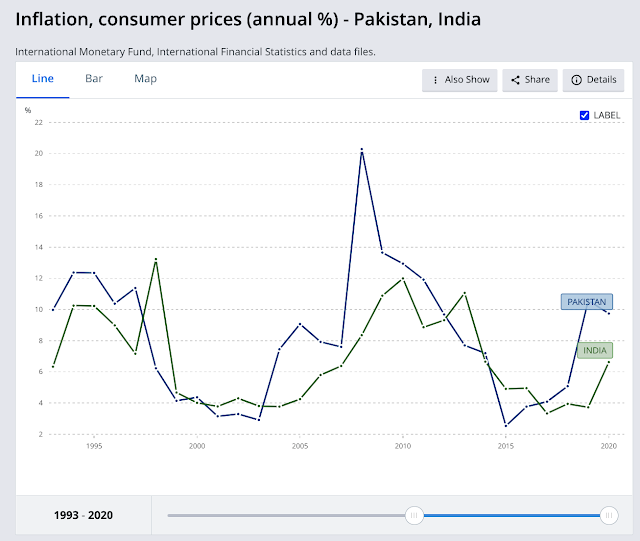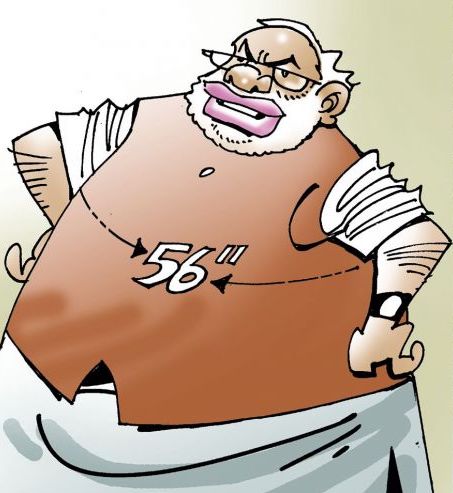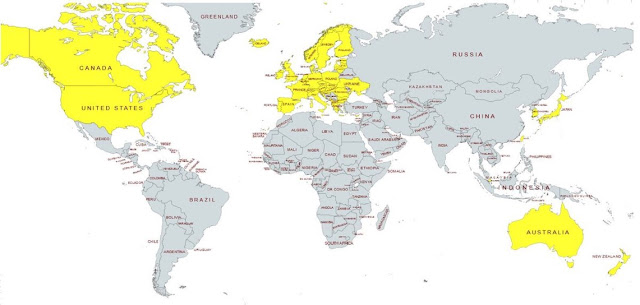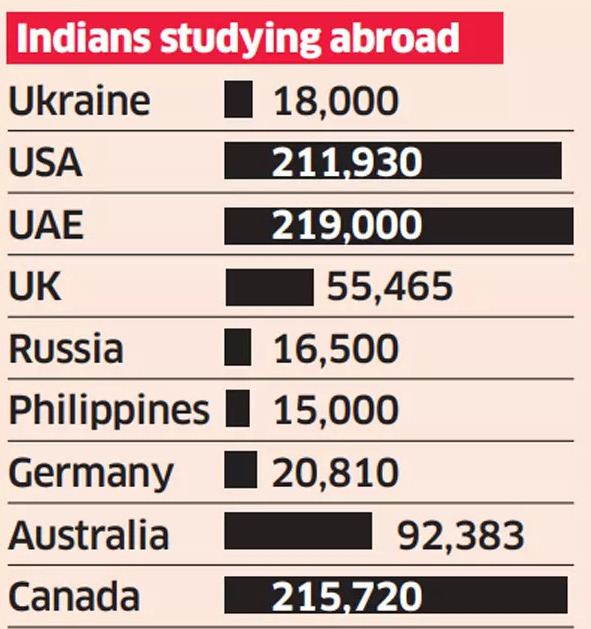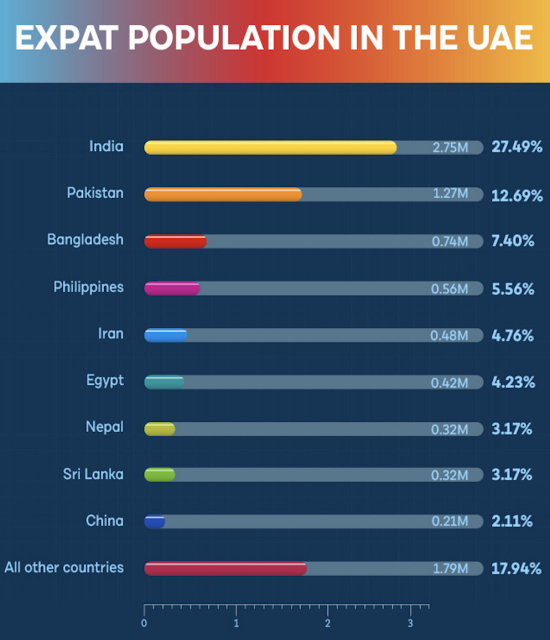India's March 9 "accidental firing" of Brahmos nuclear-capable supersonic cruise missile into Pakistan has raised serious questions about the safety of the Indian nuclear arsenal. Do the people in charge of India's nukes have basic competence to handle such weapons? Was this really an "unauthorized" or "accidental" firing? Why was there a long delay by New Delhi in acknowledging the incident? Could Pakistan be blamed if it assumed that extremist right-wing Hindu elements had taken control of the missile system in India and fired it deliberately into Pakistani territory? Has the Indian government risked the lives of 1.6 billion people of South Asia?

Top Indian defense analysts Sushant Singh and Bharat Karnad have strongly criticized the Indian government for the incident and its response. Singh has accused the Indian government of risking the lives of 1.6 billion people. Karnad has called the incident "quite shocking and simply cannot be credibly explained away by referring to a 'technical glitch'". Both have praised Pakistan's "mature" response to the incident.
In an OpEd in the Deccan Herald, Mr. Singh says "we (India) have come out looking like either bumbling idiots or out of control, while the Pakistanis have come out as being both capable and mature". In an interview with Rediff, Professor Karnad said, "This is quite shocking and simply cannot be credibly explained away by referring to a ‘technical glitch’". Here are more detailed excerpts of remarks by Singh and Karnad:
Excerpts From "A Broken Arrow" by Sushant Singh published in the Deccan Herald:
"India and Pakistan are nuclear weapon states that came close to climbing the escalation ladder in the aftermath of the Balakot airstrikes just three years ago. My column in this paper on February 27 (“Three years ago, we were on the brink of war”) had warned of the risks highlighted in February-March 2019, which have been overlooked since. The accidental firing of an Indian missile has brought the spotlight on those risks again. It would be irresponsible to ignore them now".
"The lives of 1.6 billion people of India and Pakistan cannot be dependent on such lucky breaks. It is for these reasons – the destructive capacity of nuclear weapons, the minimal time available to take a decision, and Pakistan’s strategic mindset – accidents are unacceptable. Questions raised in western capitals about the safety and security of our nuclear weapon systems and processes were regularly dismissed by New Delhi by citing its impeccable track-record and supposedly fool-proof systems. It allowed India, despite the concerted efforts of certain American experts, to de-hyphenate itself from Pakistan’s poor track record of proliferation, its weak security systems always seen to be at risk of being infiltrated by religious religious extremists in uniform. On issues of nuclear safety, Pakistan has always attempted to bracket India with itself, but has often failed. But now, we have come out looking like either bumbling idiots or out of control, while the Pakistanis have come out as being both capable and mature. India can dismiss all Pakistani allegations but there will be renewed questions from the US non-proliferation lobby that are going to be tougher for New Delhi to respond to".
"India, as the bigger country, has the cushion of geography, while Pakistan, driven by the insecurity of a small territory, has a nuclear security doctrine of ‘first use’. To avoid the destruction of its arsenal and delivery systems by a pre-emptive Indian strike, it deems it necessary to strike India first in the event of hostilities threatening to break out. This makes the situation more dangerous in the subcontinent"
"An environment of relative calm between India and Pakistan, with a ceasefire on the LoC in Kashmir, definitely helped the Pakistani military keep its cool in the face of an Indian missile. Would it have reacted so maturely in the midst of military or political tensions? Or can Pakistan be blamed if they assume that certain rogue elements had taken control of the missile system in India and fired on it? Crucially, if the missile had a self-destruct feature, why wasn’t it activated? Should we expect every junior Pakistani military officer to display the same sagacity and courage as the Soviet naval officer Vasili Arkhipov, the Brigade Chief of Staff on submarine B-59, who refused to fire a nuclear missile and prevented a nuclear disaster in 1962? Or of the Soviet military duty officer Stanislav Petrov who, on seeing an early-warning system showing an incoming US strike, with about half-a-dozen missiles, in the early hours of September 26, 1983, made the call – in the face of incomplete information and doubt -- that it was a system malfunction, instead of reporting it to his superiors as enemy missile launches?"
Excerpts From Bharat Karnad's Interview with Rashme Sehgal:
RS: What does this say about their safety mechanisms and the technical prowess in the way these dangerous weapons are being maintained in India?
BK: That’s precisely the worry attending on this misfiring.
Indeed, the Pakistani government was quick to capitalise on this incident of the Brahmos missile going astray.
Prime Minister Imran Khan’s National Secrity Adviser Dr Moeed Yusuf publicly expressed concern and asked the international community to note the fairly casual manner in which missiles are operated.by the Indian armed forces.
He went on, understandably, to extend that concern to India’s handling of nuclear weapons and their delivery systems.
Such criticism is bound to have an effect on international opinion and hurt India’s self-confessed status as a ‘responsible State’.
RS: The defence ministry seems to have landed with egg on its face.
BK: A whole barnyard full of eggs, in fact. This is quite shocking and simply cannot be credibly explained away by referring to a ‘technical glitch’.
The triggering mechanism is a hardy piece of work including a firing sequence and a final authorisation.
How this process was obviated is a mystery.
RS: Pakistan’s foreign office summoned India’s charge d’affaires in Islamabad to lodge a warning that this unprovoked violation of its airspace could have endangered passenger flights and civilian lives.
BK: Well, yeah, anything could have happened, including the missile, even with a dummy warhead, kinetically taking out a passenger aircraft.
In your view, could this have been a BrahMos cruise missile possessing nuclear capability?
The Brahmos missile has interchangeable warheads and can carry both conventional and nuclear weapons.
But most forward-deployed Indian cruise missiles are conventionally armed.
RS: If it was a nuclear missile — albeit unarmed — is there a possibility in the future that the command and control system could fail again in the future which could have dangerous consequences for both nations?
BK: Unless the government clarifies the nature of the ‘technical glitch’ everything is in the realm of speculation. That could include a faulty command and control system.
RS: According to reports, Pakistani officials claim it was fired from Sirsa. How far is that assessment correct?
BK: No reason to doubt the Pakistani claim because the Pakistani air defence complex at Sargodha, District Miani, is very advanced and capable of detecting cruise and ballistic missile firings and minutely tracking their trajectory.
Related Links:
Haq's Musings
South Asia Investor Review
The West Must Accept Pakistan as a Legitimate Nuclear State
Balakot and Kashmir: Fact Checkers Expose Indian Lies
Is Pakistan Ready for War with India?
Pakistan-Made Airplanes Lead Nation's Defense Exports
Modi's Blunders and Delusions
India's Israel Envy: What If Modi Attacks Pakistan?
Project Azm: Pakistan to Develop 5th Generation Fighter Jet
Pakistan Navy Modernization
Pakistan's Sea-Based Second Strike Capability
Who Won the 1965 War? India or Pakistan?
Pakistani Military's Performance in 1971 War
